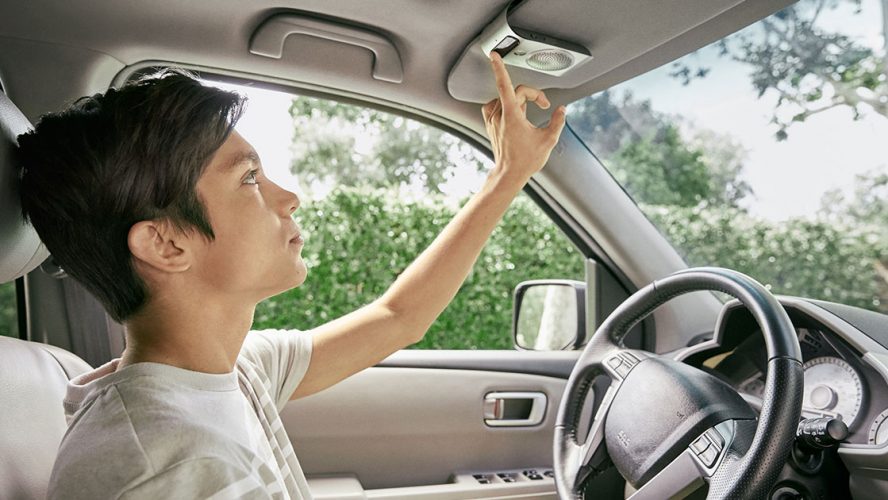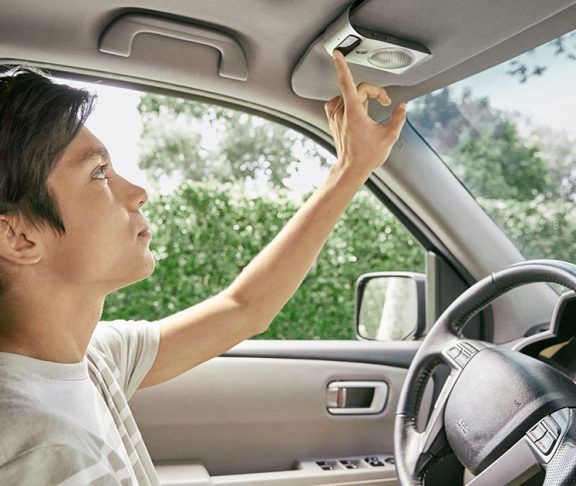Car crashes are the No. 1 cause of death for teens in the United States. By pairing monitoring technology with increased parental guidance, we can help.
The threat of teen car accidents is all too clear to driving safety advocate and author Tim Hollister, who lost his 17-year-old son Reid in 2006. Since the accident, Hollister has become an expert on driving safety and an outspoken advocate for giving teen car crash prevention the attention it deserves. We sat down with Hollister as well as Steve Casner, a Ph.D. in psychology who specializes in risk behaviors, to learn the most important things parents can do to prevent tragic deaths like Reid’s.
1. Understanding the brain
First, what is it that makes all drivers, not just teens, do things that they’ve been told are risky? Casner explains: “When deciding whether something is risky or safe, they give it a try a few times and see how it goes. And if you spend a few minutes switching your attention between phone and road, it all seems to go just fine.”
In other words, firsthand, “common-sense” experience has a powerful effect on what we believe, and we need to be educating ourselves as well as our teens with this type of psychology 101.
“Kids need to understand how their sometimes-fallible minds work more than anyone. They need to know that they’re as likely to err as anyone else,” Casner says.
2. Know the limits of driver’s education
Parents need to remember that learning to drive safely begins rather than ends at licensure. Hollister explains: “Driver’s ed. is essential, because they need to know the rules of the road and how to operate a car. But there’s no way it can prepare teens for the risks they face as actual drivers,” says Hollister. “When your teen is done with driver’s ed and gets their license, it doesn’t mean they’re a safe driver. It means they’re a beginner.”
Since learning the risks of the road can only come from experience, it’s important that teens start off driving in low-risk situations. This is exactly what teen driving laws, or “graduated licensing,” are doing in many communities: letting teens drive shorter, familiar routes, such as to and from school, in daylight, before they move up to potentially riskier situations.
3. Be the “air traffic controller”
Hollister encourages parents to oversee driving by monitoring what he calls PACTS — passengers, alcohol (and drugs), curfews, texting and seatbelts.
“These are the five biggest places where parents can intervene,” says Hollister, recommending that parents do this for every driving occasion, even if it seems repetitive.
“It’s a good practice. Treat driving like flying. You wouldn’t toss the keys to a pilot and say ‘just be careful,’ and you shouldn’t do that with a teen driver either.”
Hollister recommends using new monitoring technologies to make sure your teen is sticking to the guidelines you’ve set up, allowing you to intervene and nip bad habits in the bud. “The product I’m most familiar with is Hum by Verizon, an unobtrusive plug-in below the dashboard which sends [vehicle location and speed] data to an app on the parent’s phone. There’s no room for error here … we just can’t let them fail.”
4. Make driving safety cool
The best way to keep teens involved in their own safety is with positive reinforcement. “Peer pressure is such a huge factor here,” says Casner. “We’re going to have to find a way to make sensible driving cool, just like we did with recycling.”
Monitoring technology, like Hum by Verizon, provides parents with data that they can use not just to let their children know when they’re breaking the rules, but to show them where they’re succeeding. By showing young people that driving safely — and intervening when their friends are engaging in risky behaviors — is about more than just following the rules, we can foster a healthier understanding of driving risks.


